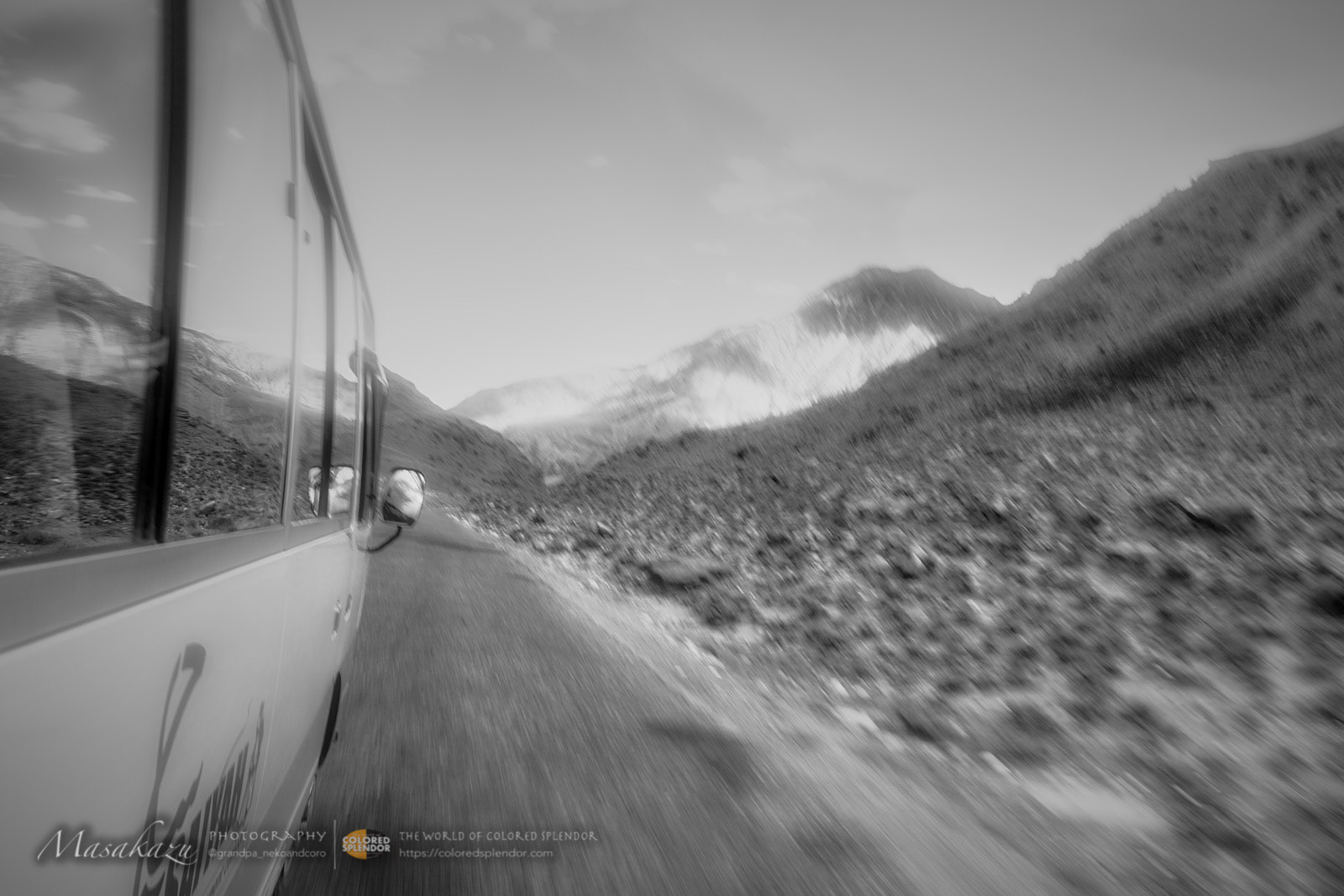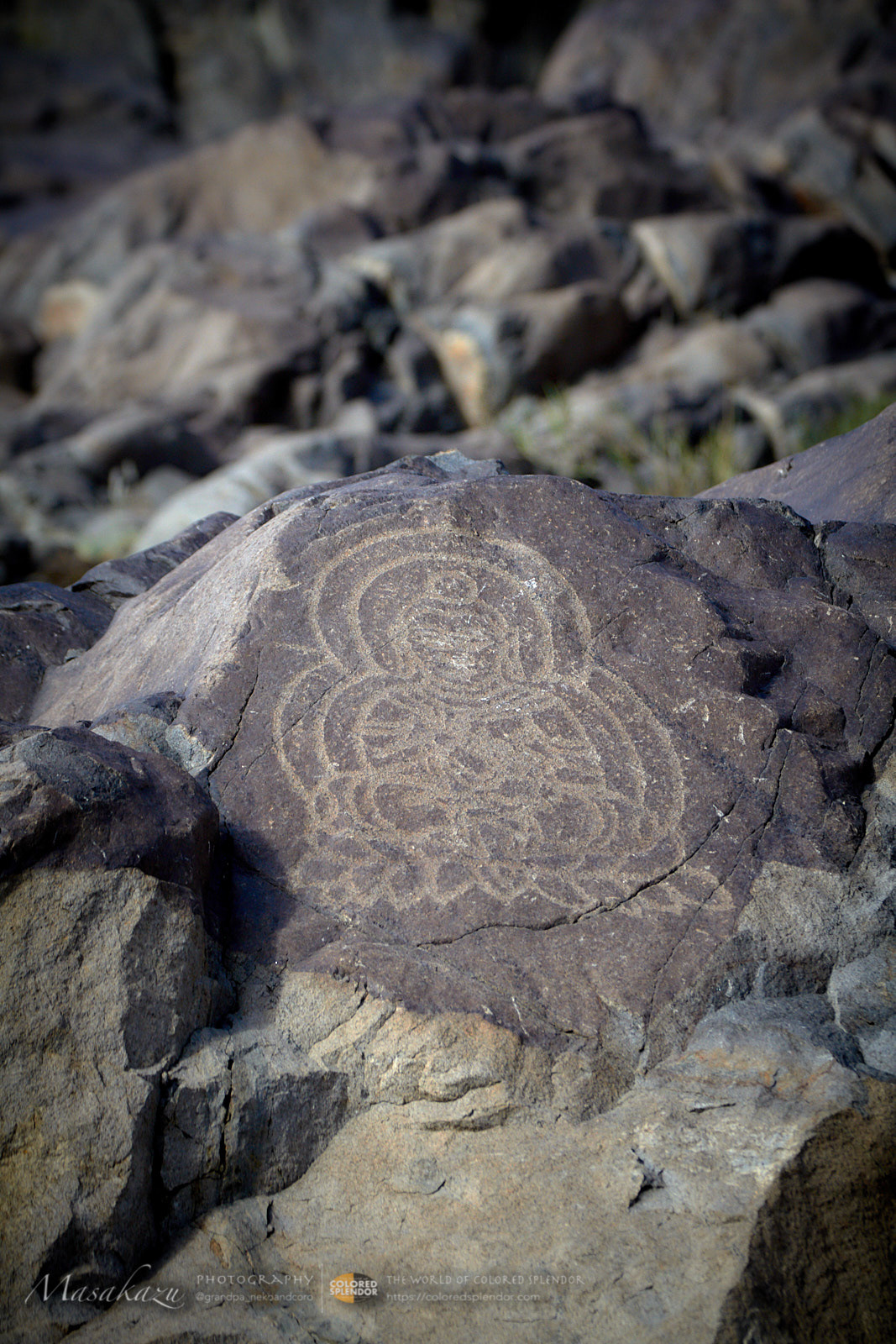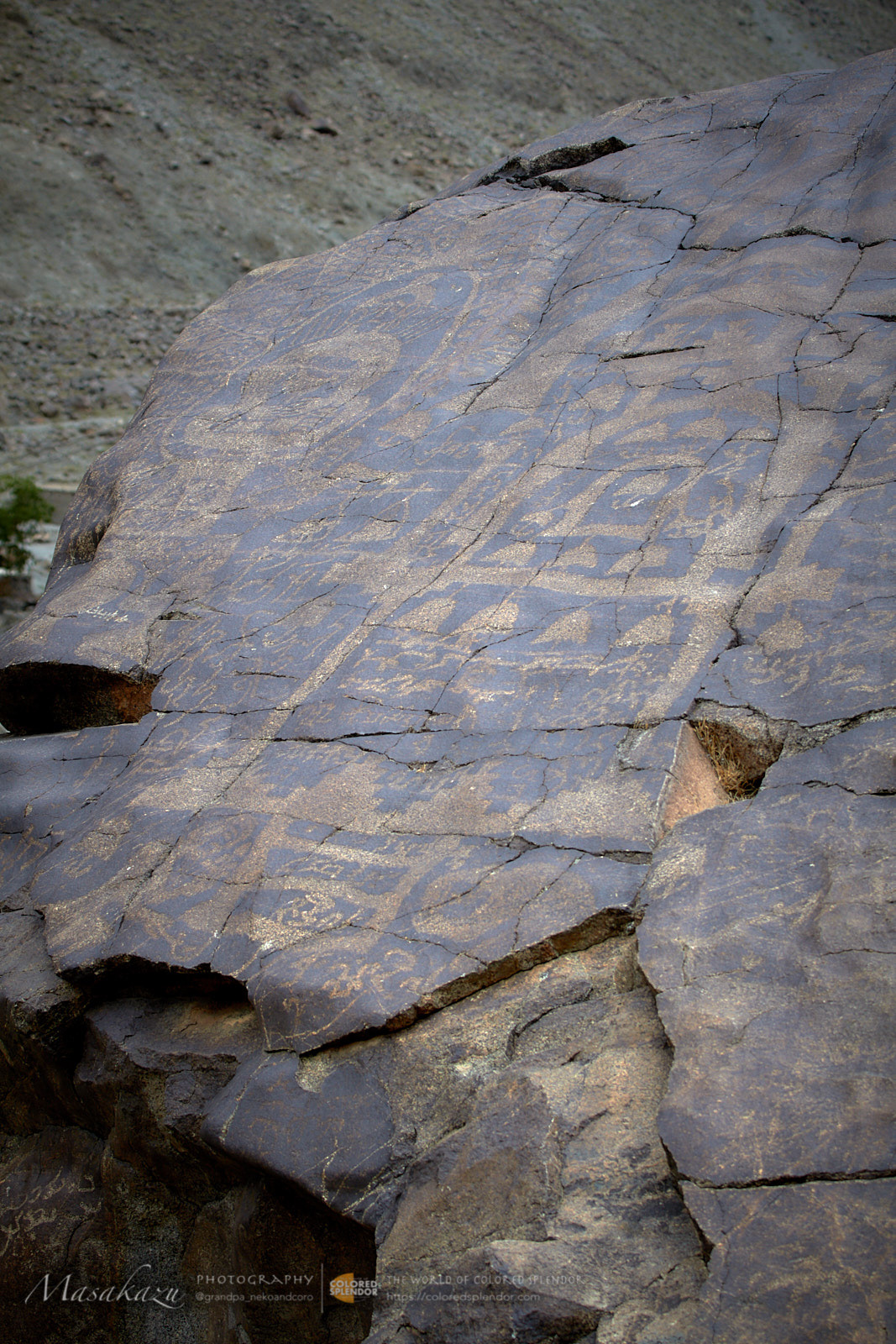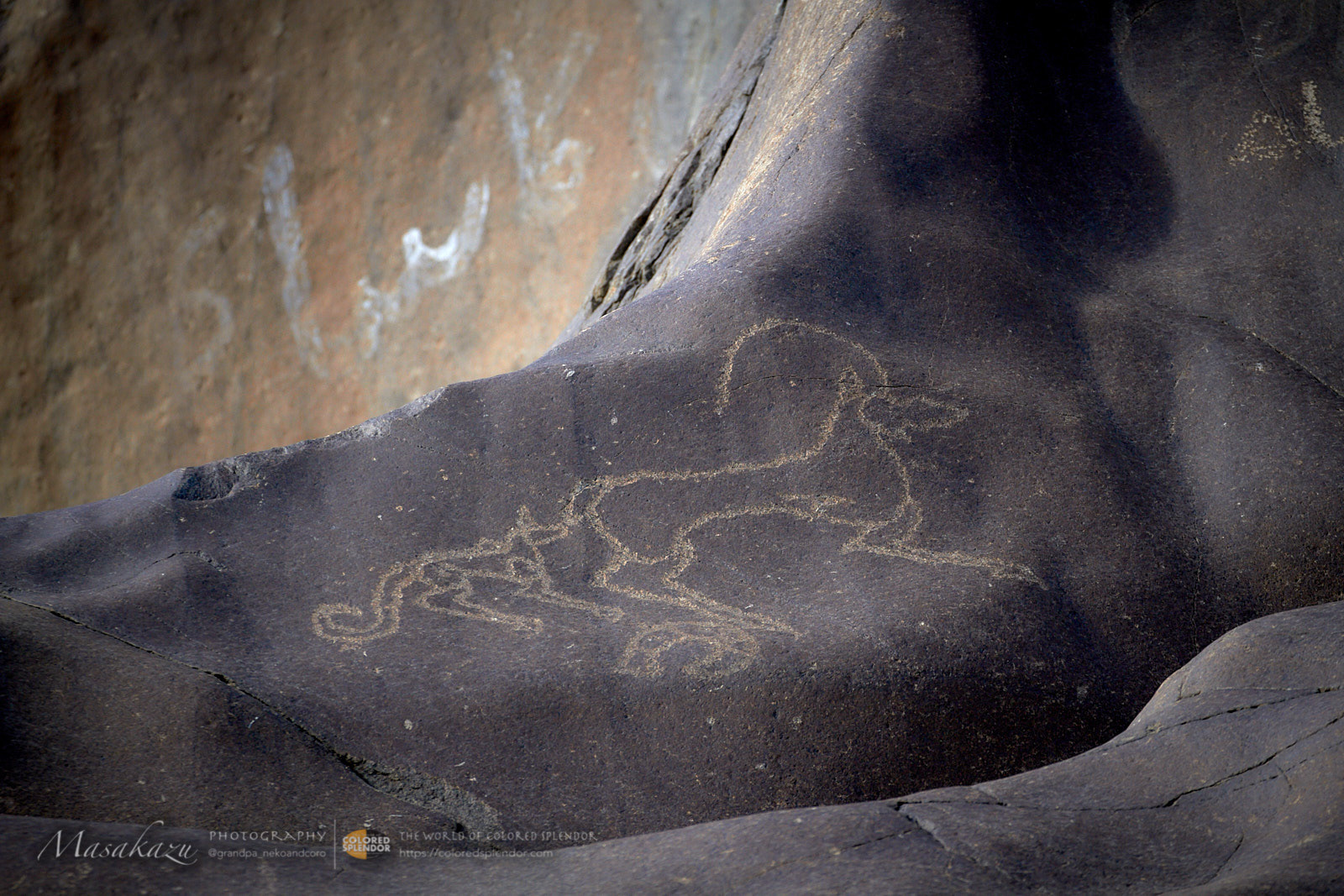Series >> 4 / 10
Title : Buddhist Rock Art carving along the routes in Gilgit-Baltistan of Pakistan
On the Karakoram Highway in Gilgit-Baltistan of Pakistan, Our bus crossed over a mountain-pass and drove toward Karimabad, stopping at a place with petroglyphs near Chilas.




The petroglyphs, Buddhist Rock Art, concentrate at the several sites between Hunza and Shatial, along the routes of the Karakoram Highway in Gilgit-Baltistan of Pakistan. These were left by invaders, traders, and pilgrims who passed along the ancient Silk Road from 2nd to 1st BCE.
Location: Northern Pakistan, June 2014
Photo: Canon 5D markⅢ
You can buy this series photo at Adobe stock >>




Collection >>
"Hunza" is located in the mountainous area of the Gilgit-Baltistan region of northwestern Pakistan, and the name of the princely state which existed until 1974. The state of Hunza now is declared as Aliabad in the Hunza-Nagar district of Pakistan. "Hunza" is the name of a valley, but it may also refer to Karimabad (formerly State Capital: Baltit).
People living in Karimabad, the center of Hunza, mainly have believed in Islamic Ismail, have a gentle and kind look. Also, women's education and social participation are keen, and unlike other Muslim lands, you can be seen going out without hiding their faces.
If you take a stroll around Karimabad, you can enjoy the stunning scenery such as the mountains of Rakaposi and Dylan that cover with snow on the top, the former Royal Palace "Baltit Fort" that overlook the Hunza valley. In the spring, the Apricot’s pink-colored blossoms, in summer the view of greenery and mountains, and in the fall, the trees dyed with golden color spread in the Hunza valley about 2,400 m above sea level.
